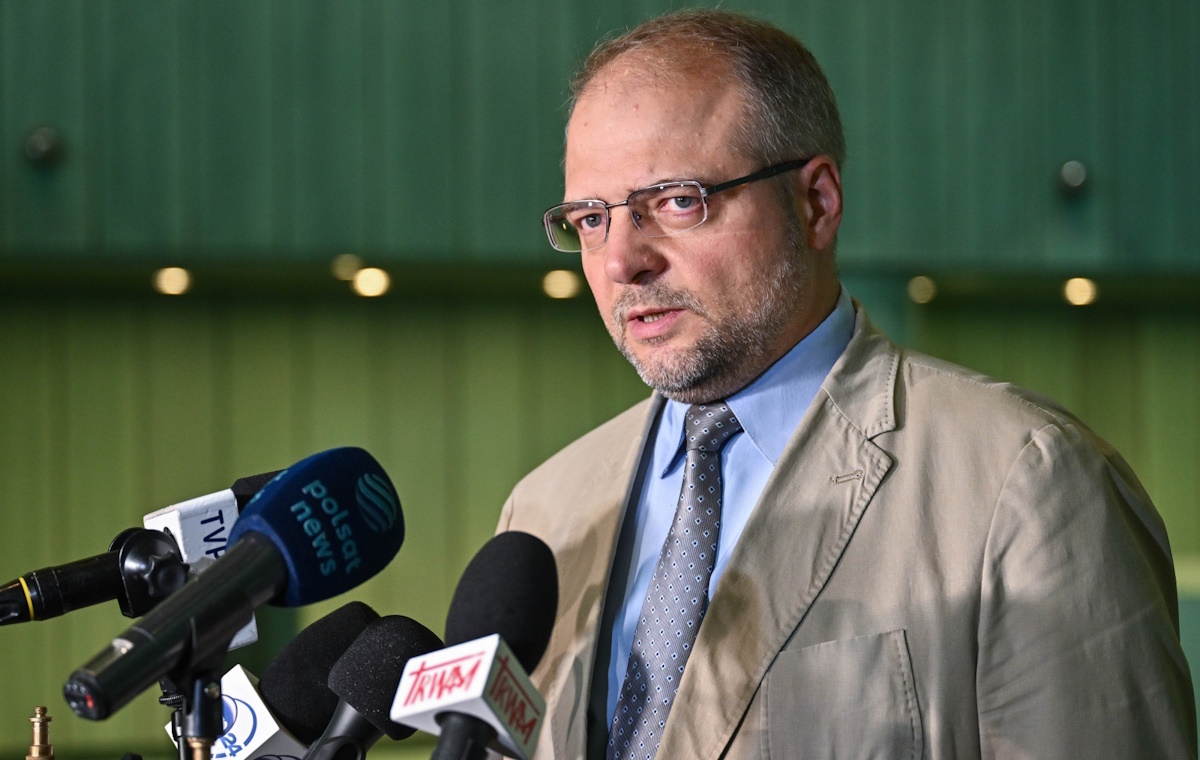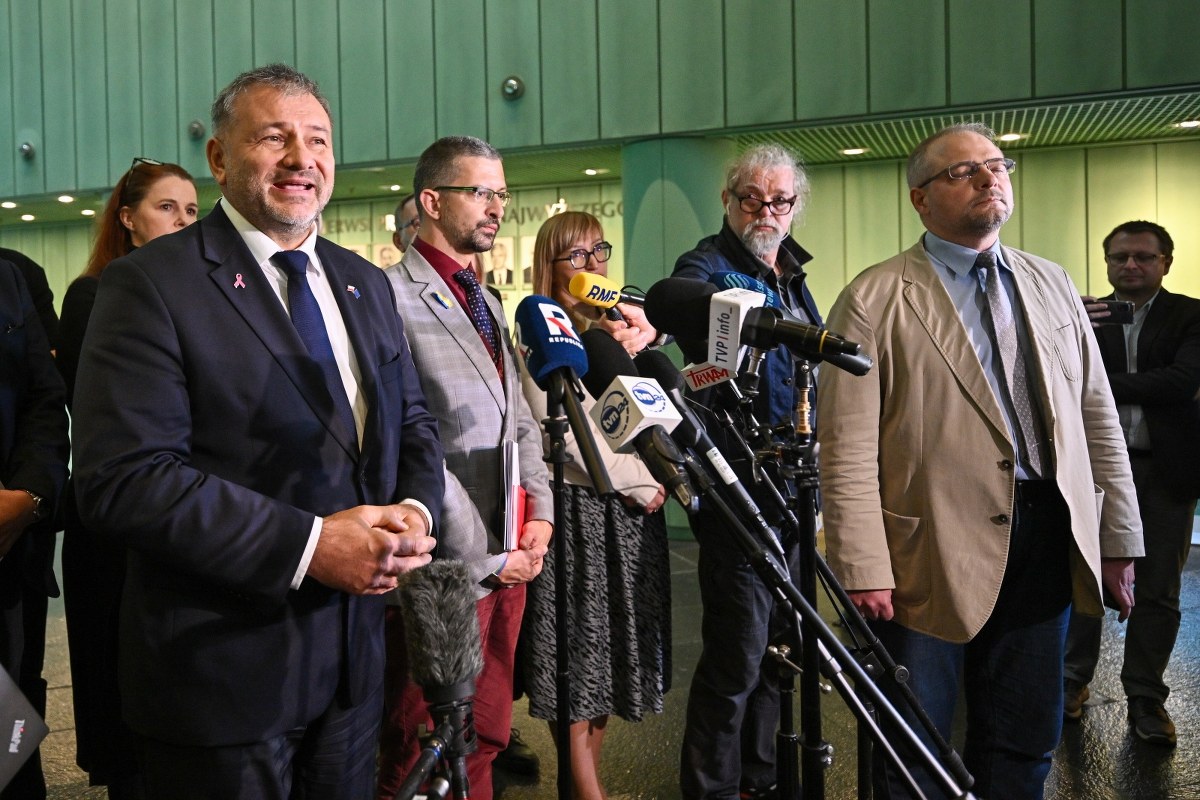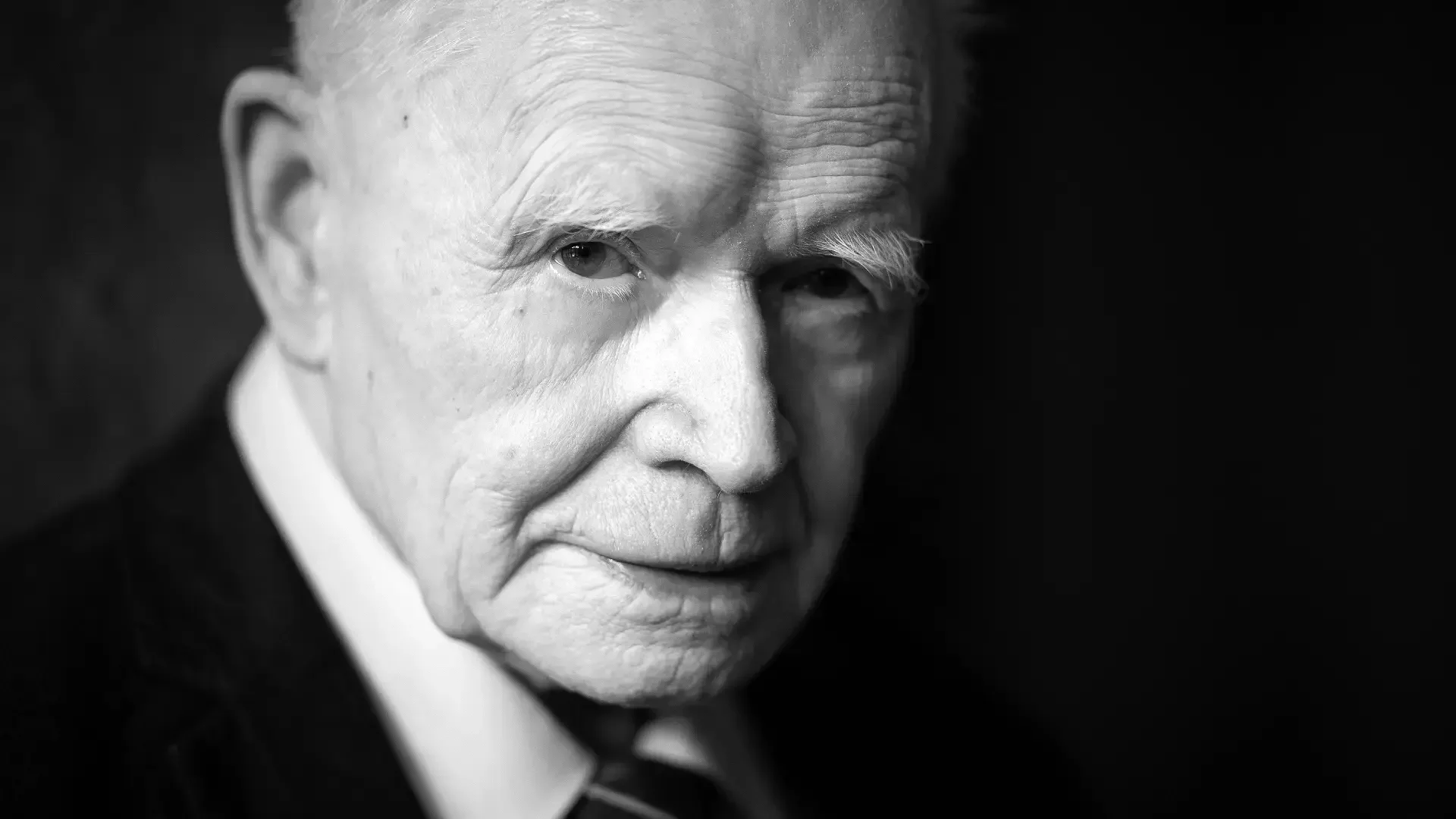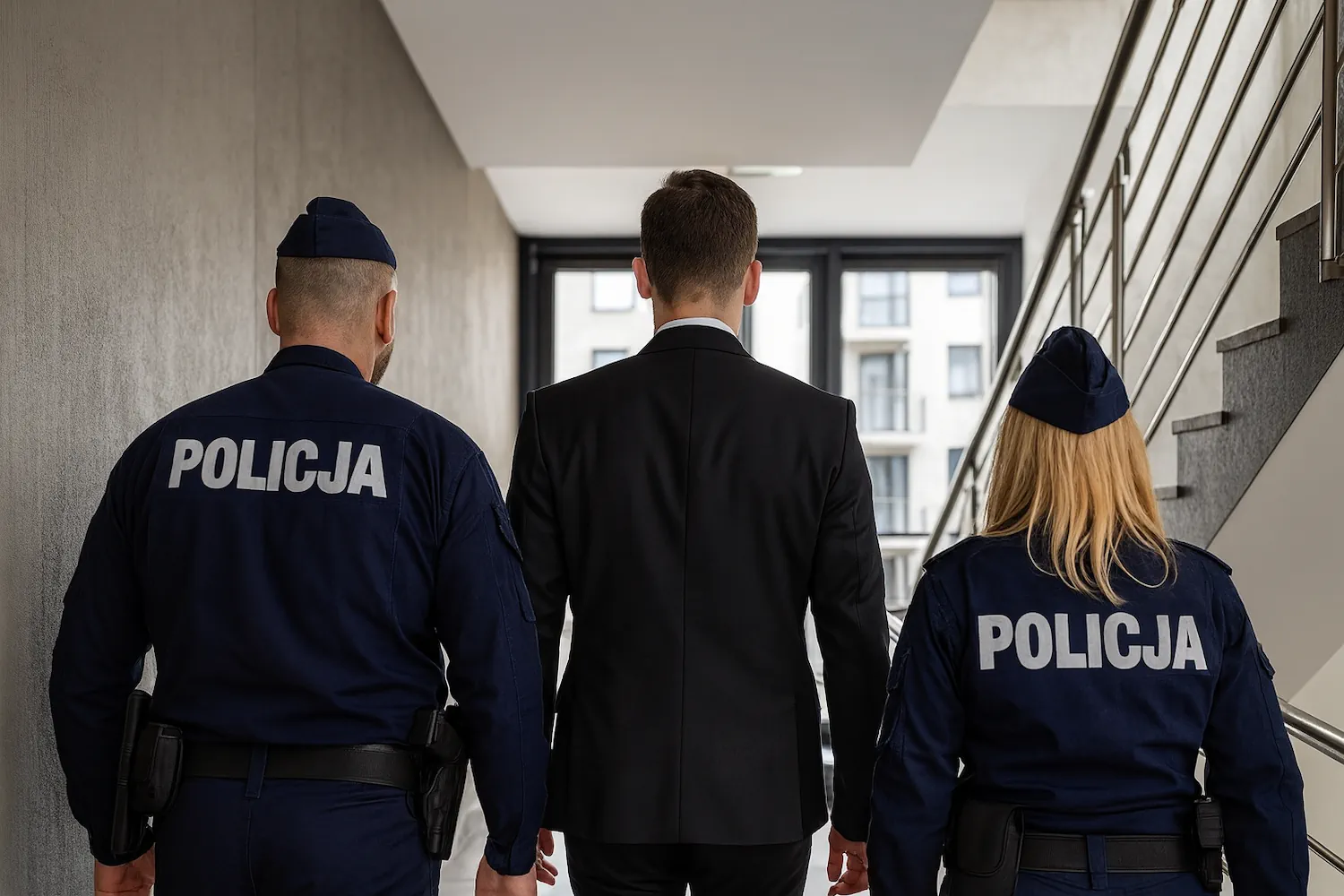CRACTICAL CONFIDENTS GESTAPO AND SB
The building at Pomorskie Street 2 in Krakow was built from 1931 to 1936 on the initiative of the Society for the Defence of Western Borders as the office and tourist hostel for the Silesian youth studying and visiting Kraków (hence the name Dom Śląski). On 13 September 1939, the building was occupied by the Gestapo and until 17 January 1945 served as the Commands of the safety and safety Service Police in Kraków District. After the war, the home of Silesia was transferred in administration to the National Defence League, which over time became the formal owner of the facility.
At 2 Pomorskie Street in Krakow there is now an exhibition "Krakowanie vs. panic 1939–1945–1956" of the Historical Museum of Krakow.
The Śląski home at Pomorskie Street 2 in Krakow from 1939 to 1945 became the seat of the Occupy Office of the safety and safety Service of the Kraków District, the department of which was the secret state police (Geheime Staatspolizei) – Gestapo, 1 of the main tools of terrorizing the population and destroying the nation, and especially its intellectual elite.
The building of the Silesian home was a place of punishment and martyrdom of thousands of Poles and people of another nationalities throughout the business (the number of prisoners is not precisely known). In the rooms of the 1st and 2nd floors there were interrogations of people most frequently imported from Montelupich Street in Krakow. Part of the basements, converted to cells, were held under arrest during the investigation. The Gestapo officers subjected the prisoners to brutal torture, which frequently led to cripplement or death of the interrogated.
On the walls of the 3 rooms utilized as targets there were authentic inscriptions from 1943 to 1945 (a full of about 600 inscriptions – according to the inventory of the 1980s) left by the detainees and interrogated here, testifying to what people survived inserted into these cells, preserved to this day. These inscriptions made by prisoners are located on walls and doors. These are sometimes the last words of people sentenced to death, their last cries of terror, rebellion, despair and farewell. There are besides various drawings, dates, lines, circles, initials and another characters understood only for their authors. The prisoners didn't know tomorrow, not knowing what would happen to them in an hour, wanted to leave a trail. The writing material was pencil, crayon, part of sharp object, nail, and even dry bread.
Here are any dramatic subtitles:
– Mira Czesiek does not despair due to the fact that he will die for his Homeland. In inscription the emblem of the State. (4. I. 45),
Jesus be in love with my sinful soul!
– God of prayer will always listen, Magpie
– I know in my last moments that I love you, Lila, George.
– Mother(...) Częstochowa take care of me and Zdzisia
– Nowicki Włodzimierz Kądziełowski Jerzy on 15. X. 44 Krakow hr 13 innocent.
Helena Spider's account (a typo in the collections of the Historical Museum of Krakow):
...I was not spared the torture of all that the fascist savagery could come up with. I was wearing a gas mask in Pomerania. I was beaten, beastlyly kicked everywhere, dragged behind my hair. They tied my legs with a rope, told me to go on the table, from which they were pulled to the level and beaten and kicked again. They were hung on the door – hands in the back attached to ropes hung on hooks. As long as I hung like this, I can't remember due to the fact that I lost consciousness. I woke up on the level erstwhile I was poured water...
The prisoners were people of all social classes, with various political beliefs, arrested for various reasons for actions aimed at the German “works of reconstruction of the General Government”. Not only Poles were detained here, but besides people of another nationalities, as shown by the inscriptions in German, Czech, Russian and French.
The Hitlerist apparatus of repression in occupied Poland could not function efficiently if it were not for whistleblowers. Only in the “capital” of the General Governorate of Kraków, Germany had hundreds of seizures on their services. To build specified a network of informants the occupier had already moved on in the early fall of 1939. The motives of the people who decided to become spokesmen were different. any expected material benefits, others were blackmailed. In Krakow, Gestapo from Pomerania could constantly number on the aid of about 800 to 1,000 agents and co-workers throughout the war. 686 agents were included in the list compiled by the Kraków National Army counterintelligence of September 1944. Later, more were deciphered – a full of 803. The list was started by a buffet from the Kraków Main Station. That's 300 inhabitants - 1 seizures.
Agents and impounders were decently recruited from all social and nationalities in the city. They were Poles, Germans, Ukrainians and many Jews. Their ranks included real professionals specified as Danko Redlich, a pre-war communist agent who, after working with the Gestapo, worked for the safety Office.
One of them was 16-year-old Boy Scout Sławomir Wisela “Pirat”, who, under the influence of torture and the encouragement of his mother, wanted to save his son, decided to cooperate with the Gestapo. As a result, almost all of his teammates were arrested. For treason, he was sentenced to death by an underground military peculiar court. The conviction was executed on March 31, 1944. The parent of “Pirat” was besides killed. She was a confidant, too.
Henry Wojciech Koppel avoided the punishing arm of the Underground State. This, twice decorated with the conflict Cross, pre-war captain of the Polish Army, arrested in March 1941 under the influence of a violent investigation decided to cooperate with the agent.
He regularly provided information to leading officers – Kurt Heinemayer and Rudolf Körner. As a consequence of Koppl's confiscation activity, many people were deported to concentration camps, from where they never returned. Koppel twice denounced engineer Jan Gołąbek – first the Gestapo, and after the war the safety Office.
The information provided to Germany by pre-war captain of the Polish Army Henryk Koppl was the reason for sending many Krakowians to concentration camps. After the war Koppel worked for the safety Office.
Another military soldier at the service of the Germans was a soldier of the September run Roman Elephant. His network, too working for the occupier, besides dealt with criminal activities. The group well armed by the Gestapo felt impunityless, as the guardians of the deadheads turned a blind eye to the criminal activity of the Elephants and his companions, pulling them out of custody immediately. Eventually, however, the measurement changed and the AK decided to intervene utilizing a trick.
In the spring of 1944, Kripo officers (German criminal police) stopped under the pretext of a street brawl 1 of the members of the Salt Grid. In Kraków, Kripo was worked by AK soldiers who rapidly took over the case. Officer Kripo Lieutenant Stanislaw Szczepanek "Janusz", an AK soldier, informed his German superior [...] that he had stopped a bandit who revealed a conspiracy location during the investigation.
A large percent of the seizures were Ukrainian Jews, most frequently from intelligence. They were lawyers, doctors, engineers, even pedagogues. Not only did they save themselves by spiking from the camp in Plaszów, but they saved themselves from the Kraków ghetto. They took money for informers.
Some of them besides worked in judaic police (Ordnungsdienst) in various ghettos, in changing locations. They smitten their brothers unmercifully in the ghetto, blackmailed them, and robbed them. The robbed money was shared with Judenrat (Jewish Council, judaic Council of Elders). Officially, they did not have firearms, any had Gestapo credentials, police approval to arms and moved freely throughout the GG (General Government). Governor-General Hans Frank (prisoned to die in the Nuremberg trial) accepted this activity and funded it. Women were besides active in this ministry, and these were the most dangerous and the most talented in splinting. judaic confiscators reached Poles hiding Jews and gave them all into the hands of the Gestapo. Confidents besides reached the underground AK conspiracy structures. frequently revealed and sentenced to death by the services of the Polish Underground State.
The double police activity in the judaic police (Ordnungsdienst) and Gestapo was besides handled by well-known Krakówn lawyers.
Following the change of occupiers, any worked closely with the safety Service, courts, provincial prosecutors and the Jagiellonian University Law Department. They were said to free the top criminal and murderer with money. This was true, for large money, the Krakow provincial prosecutor and his deputy dismissed all investigation, and the judges cooperating with the SB did not convict specified defendants, but besides quashed proceedings.
The Faculty of Law of the Jagiellonian University from the times of the Polish People's Republic has a dismal tradition. After the large luminary of law sciences Prof. Władysław Wolter, the direction of the cathedral was taken by Kazimierz Buchała, highly rated in the archives of the safety Service – Secret Associate /TW/ named “Magister”, promoting his favorites Andrzej Zoll and Zbigniew Ćwiąkalski, and condemning Władysław Mącior, a student of the cathedral, a well-known oppositionist.
In addition to Buchała, Zolla and Kuwiąkalski, Marek Waldenberg, head of the Cathedral of the Basics of Marxism-Leninism, secretary of the Provincial Committee of PZPR, writing technological papers about the size of a Karl Kautski Marxist sectist.
Prof. Julian Polan-Harashin, a prosecutor in Lublin, who pursued soldiers of the AK and the NSZ from where he had to flee, joined the post office of the illegals of this period due to the fact that the underground sentenced him to death.
Prof. Julian-Polan Harashin, brother-in-law of Cardinal Franciszek Macharski, as Deputy Chief of the Military Court, issued respective twelve death sentences on soldiers of the AK and NSZ. He was the bloodiest PRL justice and corrupt briber. As dean of an ophthalmic survey of the Jagiellonian University Law Department, he issued respective 100 “catchers” diplomas of law masters. erstwhile 1 of the certified organization and Ubek "magisters" compromised his "legal knowledge" and the case became public, Prof. Julian Polan-Harashin set the papers on fire in the Dean, he received a sentence, but was rapidly released and diligently reported on everything he heard about the Krakow Church from his wife and brother-in-law.
Prof. UJ Tadeusz Hanausek, the husband of a police officer, worked with the Provincial Prosecutor's Office in Krakow, the courts and with the Jagiellonian University Faculty of Law, played an extraordinary function in the service of SB.
Today's opinion appears to have a profound influence on the application of law in Poland and the formation of public opinion, the corporateity of the incumbent bar, the judgement of the "independent" courts and the Constitutional Court, sometimes of social opposition, has its roots in the disgrace and desecration of the Jagiellonian University Faculty of Law during the period of the PRL.
The prosecution and the courts were controlled by and closely dependent on the safety service. The SB was a known Kraków lawyer, Jew, Maurycy Wiener, acting jointly and in consultation with another SB attorneys and prosecutors – Józef Skwarawski, provincial prosecutor Rek, his deputy Gołda, judges of Korbiel and others, with the Faculty of Law UJ Ćwiąkalski and Andrzej Zoll, Zyd Karol Buczyński – an lawyer and personally besides with professors Buchała and Hanausk.
Bruno Miecugow, Kraków journalist, father of Grzegorz Miecugow (TVN “Contact School”), with the aid of a judaic prof. Maria Orwid psychiatrist, a investigator at the Department of Psychiatry of the Medical Department of Collegium Medicum of the Jagiellonian University, mediated and initiated the closure in “psychusche” (the Kraków psychiatric infirmary in Kobierzyn) of Wiesław Zkarnicki, a prominent Polish architect, a patriot who publically criticized Bruno Miecugow's signing resolution “53” of 1953 in the alleged process of the Kraków Curia, in which priests and lay persons were sentenced to death penalty. Wiesław Zkarbnicki “Swimmer” died in Kobierzyn during medical experiments.
PROF. JUIAN ALEXANDROWICZ "DR TRURD" IN SZPANES AND SECRETARY OF PZPR MEDICAL ACADEMI
The drug. MED. HOLIC EVA
The PZPR played an extraordinary function in the SB camera. In the Krakow alleged Medical Academy there was a local organization of PZPR, which was the secretary of which was the medicine. She collaborated in the Polish Academy of Sciences with Prof. Julian Aleksandrowicz, associate of the AK – Dr. “Hard”, on which she regularly reported to SB.
While working in the wellness committee of the Polish Academy of Sciences under the direction of Prof. Julian Aleksandrowicz, she conducted the settlement of payment of fees for cooperating doctors stealing from salaries. The robbers reported the thefts to the then provincial prosecutors who waived the proceedings with decisions of the TW territory lawyer Rek and his deputy TW Gołda, who for bribes even paid off the murderers.
The drug. Dr. Eugeniusz Wojtowicz, who was deprived of the profession of doctor and expelled from the Medical Academy, reported to SB, among others. Dr. Eugeniusz Wojtowicz died at 50.
Lek. med. EwaHołowiecka worked closely with prof. med. Maria Orwid from Kraków Psychiatric Clinic, founder of the judaic Masonic Lodge B.nai B,rith and reported on prosecutor Krystyna Palkówna to Esbek prosecutor Józef Skwariewski about alleged bribery of Krystyna Palkówna – a patriot. The police arrested a Polish patriot on whom Ewa Hołowiecka reported to the Provincial Prosecutor TW Józef Skwierwaski.
Hołowiecka blackmailed the wife of a well-known patriotic Krakow historian, from whom she extorted PLN 30 000, and accused his boy of allegedly stealing a municipal flat changed by private fraud. Prof. Magdalena Simon was a witness to these proceedings.
STELLA KüBLER — ‘BLOND TRUTKA’
The top panic of Jews hiding from Germany during planet War II were people who in exchange for money dealt with tracking and spending them to death. In Berlin, the most infamous Greifer (the "catcher") was not a fanatical Nazi or even German, but... a judaic female – Stella Kübler. She gave up hundreds of Jews to death. She took the money for it. She was judaic herself.
Stella Goldschlag – due to the fact that that was her maiden name – was born in July 1922 in household assimilated Berlin Jews. It was fortunate that nature gave her a prominently “Aryan” look. She was a tall, thin blonde with blue eyes, which in no way pointed to her Semitic roots. In Nazi Germany, however, the harassment of the increasingly restrictive anti-Jewish law affected her too. A hebrew like any other?
Initially, Stella's communicative was no different from the destiny of thousands of German Jews forced to wear the yellow star David and almost slave labour for the sake of the "thousand-year Reich". Stella found employment in 1 of Berlin's arms factories, and in 1940 she married musician Manfred Kübler.
The situation changed as a consequence of the alleged Fabrikaktion (action “Fabryka”) of February 27, 1943, which was the final catch of Berlin Jews. As a result, as he wrote in his book “The Capital of Hitler. Life and Death in War Berlin” Roger Moorhouse – Gestapo and SS officers conducted raids on many capital industrial plants and detained judaic workers there.
True, Stella and her household were temporarily able to avoid capture, but they had to start surviving in hiding and constant fear. They were alleged "U-boats", besides referred to as "nurks" (Taucher). Things were going well at first.
The “Aryan” appearance of Stella and the “papers” taken out by the large forger Guenther Rogoff allowed us to look forward with optimism. These were all appearances, as Stella was targeted by 1 of the “catchers”. This resulted in her arrest on July 2, 1943. A fewer weeks later, her parents fell into the hands of the Gestapo torturers (her husband was already in Auschwitz in the spring, where he never returned). She was brutally tortured during interrogations. Above all, it was expected to be able to extract information about Rogoff's whereabouts. In this case, however, the Gestapo miscalculated; Stella simply did not know where the interesting forger was.
At the same time, severe beatings and 2 unsuccessful attempts to escape yet broke it and agreed to become a "catcher". It was besides a promise that thanks to his cooperation with the Gestapo, Stella would save her parents' lives.
According to his book Roger Moorhouse: Stella rapidly became a model “catcher”. The officers were already impressed by her ingenuity [...]. erstwhile she started working for them, she did not neglect – she had excellent memory for names, dates and addresses, and her unforced cockpit was a real weapon of mass destruction.
Thanks to its extraordinary “effectiveness” it rapidly became known as “blond poison” in the Berlin community, becoming a real terror. It occurred that her photograph was circulating among fugitives as a form of warning. Whenever she walked into a restaurant or a cafe, all hebrew threw himself away. She was reportedly able to capture as many as 60 Jews within 1 weekend. She got 200 marks each. We may never know the exact number of her victims, but it is estimated that she has sentenced respective 100 to respective 1000 people to certain death!
Despite Stella's zeal, it was impossible to save the parents who went to Auschwitz where they died. The female inactive remained an active “catcher” until the end of the war. In 1945, she was arrested by the Soviets and sentenced to 10 years of hard labor. Later, however, she went free and never truly responded to her crimes. In 1994, she committed suicide at the age of seventy-two. Is it the weight of her actions that haunts her to the last days of her life?
Aleksander Szumański, a past witness – an independent journalist, correspondent of the planet Polish press, accredited (US) in Poland from 2005 to 2012, prosecuted and sentenced to death by German occupiers.
Compatant — Represented individual — Certificate of the Powers of the Compatants and Represented Persons No B 18668/KT3621
Text published in Warsaw Gazeta on 25 March 2013.
Documents, sources, quotations:
Professor Andrzej Chwalba,
– Roger Moorhouse, “The capital of Hitler. Life and Death in Berlin War” sign, 2011,
– Diana Tovar, Stella: “The communicative of Stella Goldschlag”
– Józef Bratko “Gestapowcy” KAW Kraków 1985
– Magdalena Simon – testimony
The informer. Best friend of Gestapo
http://upeknarodu.cba.pl/zidowska-police.html
Psychiatric Gulag Archipelago – Aleksander Szumański
http://aleszum.salon24.pl/325086, psychiatry-archipelag-gulag
http://www.rodaknet.com/rp_szumanski_9.htm
http://www.kedyw.info/wiki/Andrzej_Kuler,_Conspiration_krakowska_in_years_1939-1945
http://ipn.gov.pl/publications/ksiazki/studia-nad-intelligence-i-contra-Polish-in-xx-age















![Walczą o dodatek dla niesamodzielnych. Teraz proszą premiera. [List otwarty]](https://g.infor.pl/p/_files/38130000/donald-tusk-38130273.jpg)